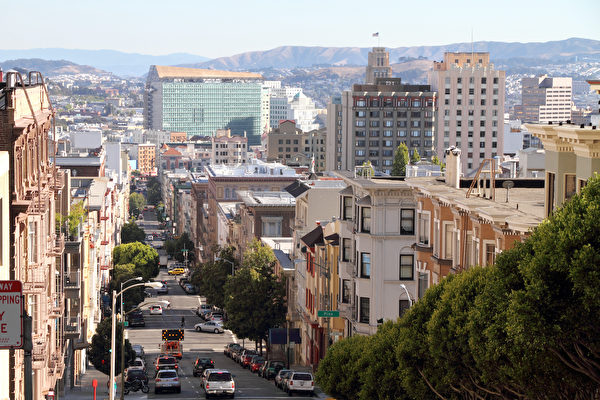According to the latest state rankings from “U.S. News & World Report” (USNWR), California ranks lowest in providing opportunities due to its high cost of living.
The USNWR report measures states’ opportunity index based on cost of living, economic opportunities, and equality.
While California performs better than over half of U.S. states in economic opportunities and income equality, it has the highest cost of living in the nation, which is the primary factor leading to its bottom-ranking in opportunities.
According to a report from non-profit news organization “The Center Square,” State Senator Brian Dahle stated, “California was once the cradle of opportunity, where our ancestors came seeking a better life, pursuing the California Dream.” However, “the prices of housing, electricity, and gasoline continue to rise, while the Democratic solution is to constantly increase taxes, strengthen regulations, and enforce mandates, completely disregarding the consequences.”
In the 2022 midterm elections, Dahle competed against Newsom for the governorship of California.
In terms of housing, California’s housing prices far exceed the national average.
According to the latest analysis from the Legislative Analyst’s Office in California, the prices of mid-range and low-end housing in California are 2 times and 1.33 times higher, respectively, than equivalent housing prices nationwide.
The analysis also found that the annual income needed to purchase mid-range housing in California is $224,000, which is 2.6 times the median household annual income of $85,300. To afford low-end housing, an annual income of $137,000 is required, which still significantly surpasses the median household income.
In December of last year, the monthly mortgage for mid-range housing in California rose to $5,500, an 80% increase since January 2020; the monthly mortgage for low-end housing reached $3,400, an 85% increase.
Regarding transportation, California’s gasoline prices are even higher than in Hawaii, which requires importing across the Pacific, and proposed taxes could raise gasoline prices by $1.11 per gallon by 2026.
In terms of energy costs, California is also one of the highest in the nation, further burdening residents.
The largest water district in the U.S., the Metropolitan Water District of Southern California, which supplies water to 19 million Americans, is planning to increase water prices by 40% due to water conservation leading to decreased revenue, adding extra pressure to the budgets of California residents.
After the Mexican-American War in 1848, Mexico ceded California to the U.S. During the Gold Rush from 1848 to 1858, approximately 300,000 people flocked to this western land and its gold mines. California’s shipping, agriculture, construction, and transportation industries flourished, making it a new land of opportunity for economic immigrants.
The Gold Rush brought unprecedented population and economic prosperity – the largest migration in American history. However, as gold became harder to find, both indigenous people and newcomers were forced to leave. After the Gold Rush, businesses that served miners remained, contributing to California’s vast economic system.
Today, California is the most populous state in the U.S., known for Hollywood stars, Silicon Valley technology, Napa Valley wines, and ancient redwood forests. California is also one of the wealthiest, most socially and politically influential states in the country.
California boasts the largest entertainment and fashion industries in the U.S. Besides real estate, the computer and electronics manufacturing industry are also significant economic pillars of California.

